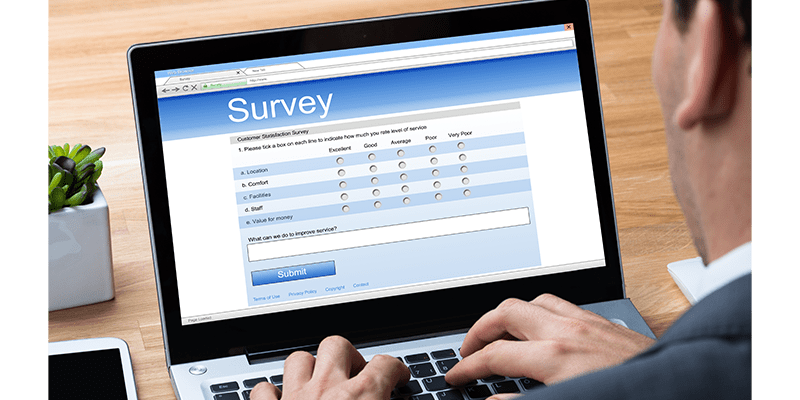Marketing
What is Employee Advocacy and How Can it Help My Small Business?
by ClickDimensions Marketing

When it comes to social media, your employees are your hidden superpower. Collectively they can average 10 times more followers than a typical corporate profile, so enlisting them as social “advocates” gives any of your company-initiated social efforts an exponentially wider reach. For many industries – financial services and technology among others – customer trust is the most valuable marketing currency right now. This is where social media really shines: when employees re-post or share company-generated content, they’re reaching a network of established connections, who are much more likely to pay attention, engage with and trust the content. The inherently higher positive engagement on an individual’s post can be leveraged to your company’s advantage.
Employee advocacy is the new generation of B2B marketing that allows companies to amplify their reach, humanize their voice and drive meaningful business results. It has the power to reach thousands of fresh audience members and engage them with a personalized experience. Let’s take a look at a few of the most common use cases for employee advocacy programs:
Lead Generation
Social media can also help drive potential prospects to the top of your sales funnel. And when you have your prospect’s trust, it’s easier to move them through the funnel. If your salespeople aren’t active on social media, you’re likely missing out on a significant chunk of potential revenue. According to the latest data, 78% of sales reps who engage in social selling are consistently outperforming their peers. But finding and sharing the right content takes time, and don’t we all want our sales teams to focus their efforts on driving revenue? Employee advocacy helps streamline this process and makes social selling effortless for your sales team.
Tracking the number of conversions garnered by advocacy posts is essential to quantifying the contribution of social media to the top of the sales funnel. Integrating advocacy data with your CRM or marketing automation platform provides visibility to all social touchpoints of a known lead. Selecting compatible technology tools will help you calculate your employee advocacy ROI.
Driving Brand Awareness
Social media is widely recognized as one of the most cost-effective ways to increase brand recognition, an especially useful tactic for small-to-medium businesses which may not have a sizeable advertising budget. When increasing brand awareness and boosting engagements is a priority, enlisting your employees in an advocacy program is a no cost + low effort means of maximizing your social initiatives.
It might seem obvious, but an often overlooked first step is to confirm the basics: are all employees following your social channels? If LinkedIn is a priority channel, also confirm if all employees have an acceptable headshot and professional profile.
Then start by keeping an eye on the basic metrics, which include number of impressions, likes, reactions, shares, clicks and comments. This allows you to identify topics, formats, social networks and even specific posts that drive the most engagement. It’s helpful to look at the breakdown of engagement by network to determine which social channels perform the best – and then create more content for the winning networks.
You can understand how brand equity is trending by measuring positive sentiment on advocacy shares. Using this data you can also conduct sentiment analysis to identify keywords that qualified leads and converted customers use within employee-led social media interactions.
Employee Recruitment
In today’s economy, it’s a job-seekers market, and social media functions as a large and effective jobs marketplace. For many businesses, a majority of your job candidates are coming from LinkedIn. Before making the decision to pursue a career in your company, it’s routine for potential candidates to visit your corporate social pages and employees’ profiles to get a feel for the company culture. Advocacy content – such as employee interviews, career success stories and company event photos – helps paint a positive picture of your workplace, increasing your ability to attract top talent.
Employee Engagement
Maintaining employee retention goals have been common for years, but thanks to the pandemic this has become a hot topic. Businesses of all types are scrambling to find meaningful ways to keep staff satisfied. Inviting the team to participate as social advocates is a tangible and affordable way to increase engagement.
Pro tips for employee advocacy success:
.
- Start out with just one or two specific goals. It’s a practical way to learn what works best for your organization before scaling up across all your social platforms.
- Set expectations appropriately. Effective employee advocacy is rooted in authenticity and trust, which take time to develop.
- Keep it simple for participants. Providing clear policies and user-friendly technology will put your organization on the leading edge of building social proof via employee advocates.
[Source: The B2B Marketers Guide to Employee Advocacy, Oktopost]






